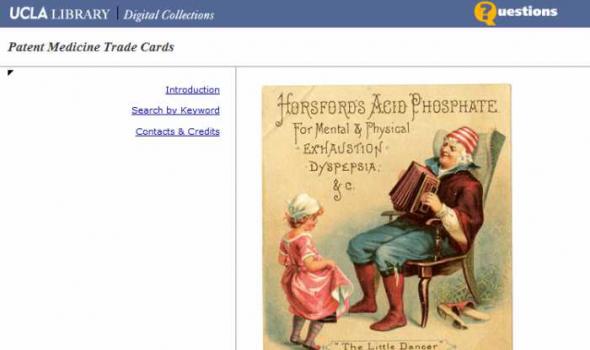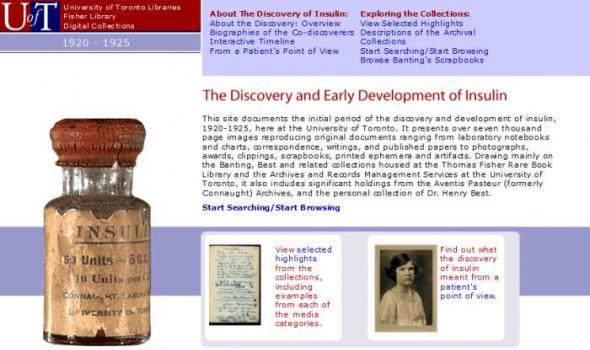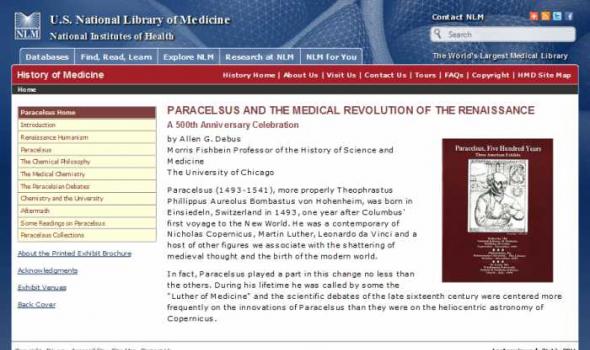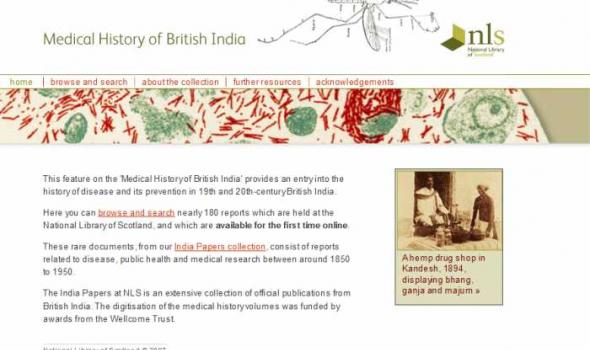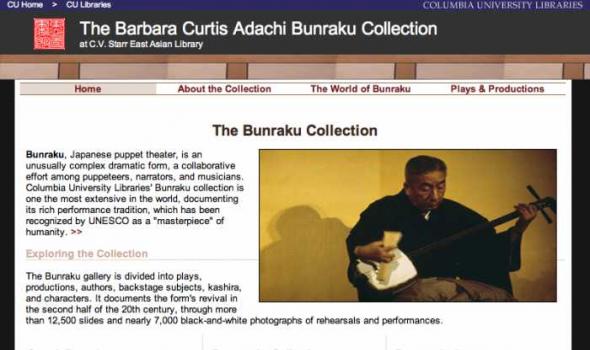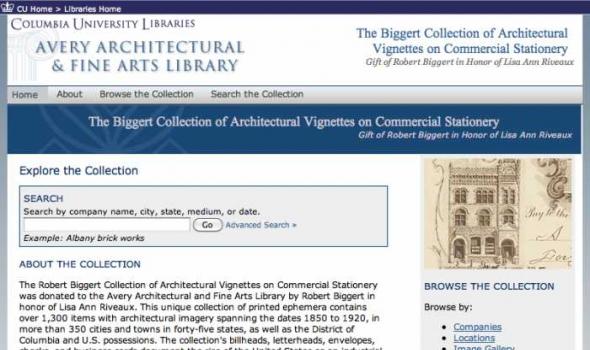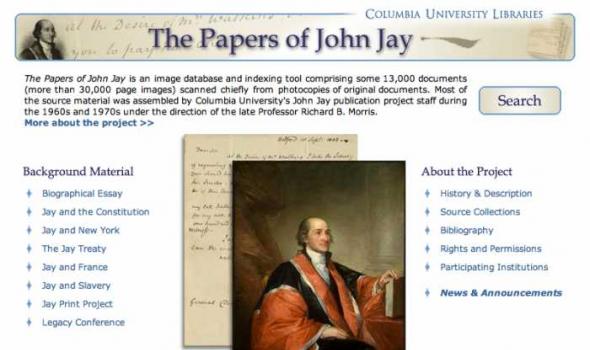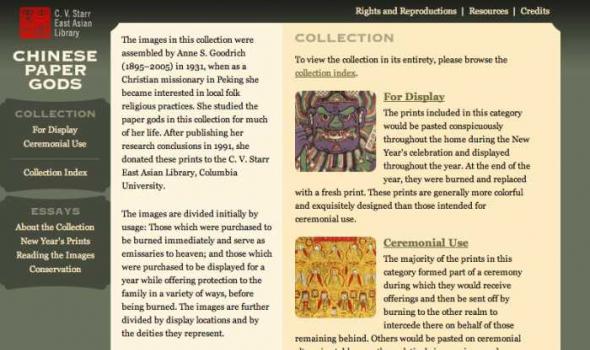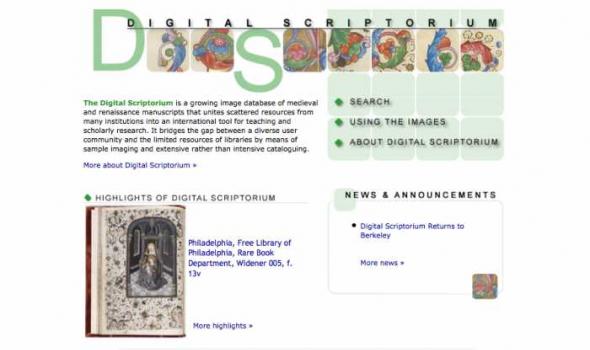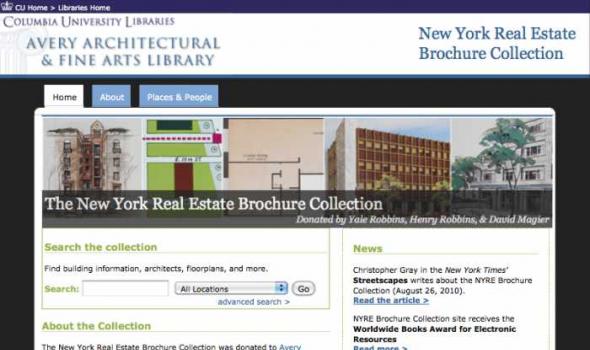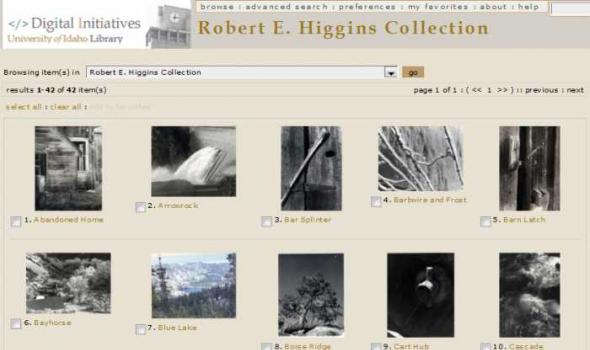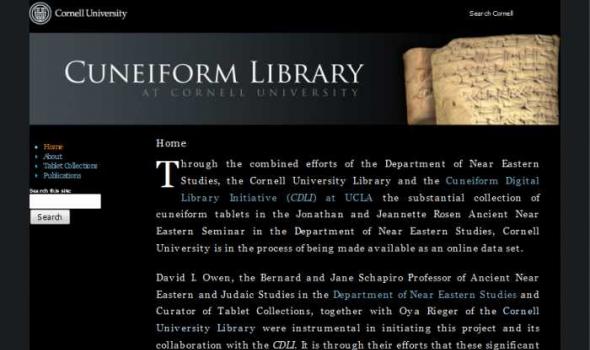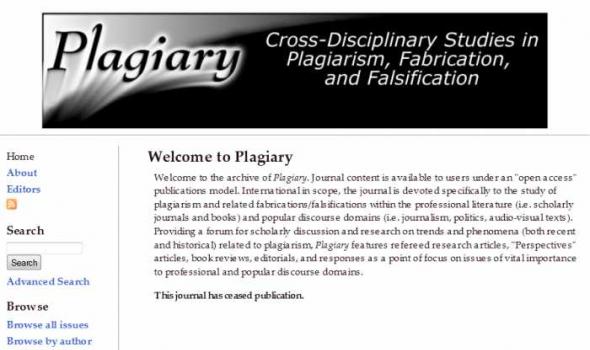Category: Drugs & Pharmaceuticals
Results
Patent medicine is the term given to various medical compounds sold under a variety of names and labels, though they were for the most part actually trademarked medicines, not patented. In ancient times, such medicine was called nostrum remedium, "our remedy" in Latin, hence the name "nostrum"; it is a medicine whose efficacy is questionable and whose ingredients are usually kept secret.
The trade cards are small, colorfully illustrated advertising cards touting a particular medicine and its many cures. The illustrations often have little to do with any of the ailments purported to be cured. They were pure advertising and very collectible. The era of patent medicine began to unravel in the U.S. with the passage of the first Pure Food and Drug Act in 1906.
This site documents the initial period of the discovery and development of insulin, 1920-1925, here at the University of Toronto. It presents over seven thousand page images reproducing original documents ranging from laboratory notebooks and charts, correspondence, writings, and published papers to photographs, awards, clippings, scrapbooks, printed ephemera and artifacts. Drawing mainly on the Banting, Best and related collections housed at the Thomas Fisher Rare Book Library and the Archives and Records Management Services at the University of Toronto, it also includes significant holdings from the Aventis Pasteur (formerly Connaught) Archives, and the personal collection of Dr. Henry Best.
History of Medicine Introduction This exhibit [and accompanying brochure] highlight the joint observance of the 500th anniversary of the birth of Paracelsus by three American medical libraries -- The Hahnemann University Library, The National Library of Medicine, and The Washington University Medical Library (St. Louis). It has been prepared to accompany the special exhibits which, along with lectures and other programs, are being organized at these libraries. The intent of the various events is to celebrate as well as to explain the contributions of this major Renaissance figure, especially those in medicine, chemistry, and pharmacy.
The Donald S. Fredrickson Papers Donald Fredrickson (1924-2002) was an American physiologist and biomedical research leader who made significant contributions to medicine over the course of four decades. Fredrickson's system of classification of abnormalities in fat transport was adopted by the World Health Organization as an international standard for identifying increased risks of coronary artery disease linked to the consumption of fats and cholesterol. He also discovered two genetic diseases caused by disorders in lipid metabolism.
The Medical History of British India collection consists of official publications varying from short reports to multi-volume histories related to disease, public health and medical research between circa 1850 to 1920. These documents form invaluable source material for the reconstruction of the history of disease and medicine in British India. Although a large section of it has an all-India scope, the collection is especially rich in documents related to Bombay and the Punjab. The Bombay plague of 1896-1899, one of the severest outbreaks, is particularly well covered.
Isaac Newton, like Albert Einstein, is a quintessential symbol of the human intellect and its ability to decode the secrets of nature. Newton's fundamental contributions to science include the quantification of gravitational attraction, the discovery that white light is actually a mixture of immutable spectral colors, and the formulation of the calculus. Yet there is another, more mysterious side to Newton that is imperfectly known, a realm of activity that spanned some thirty years of his life, although he kept it largely hidden from his contemporaries and colleagues.
